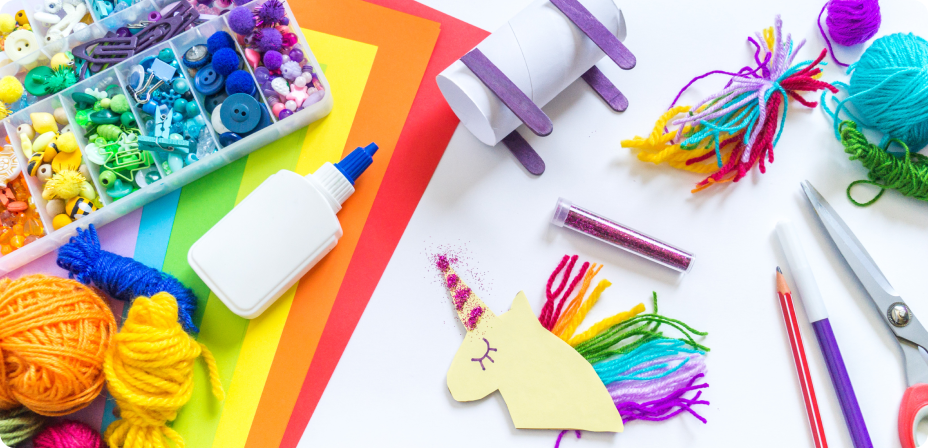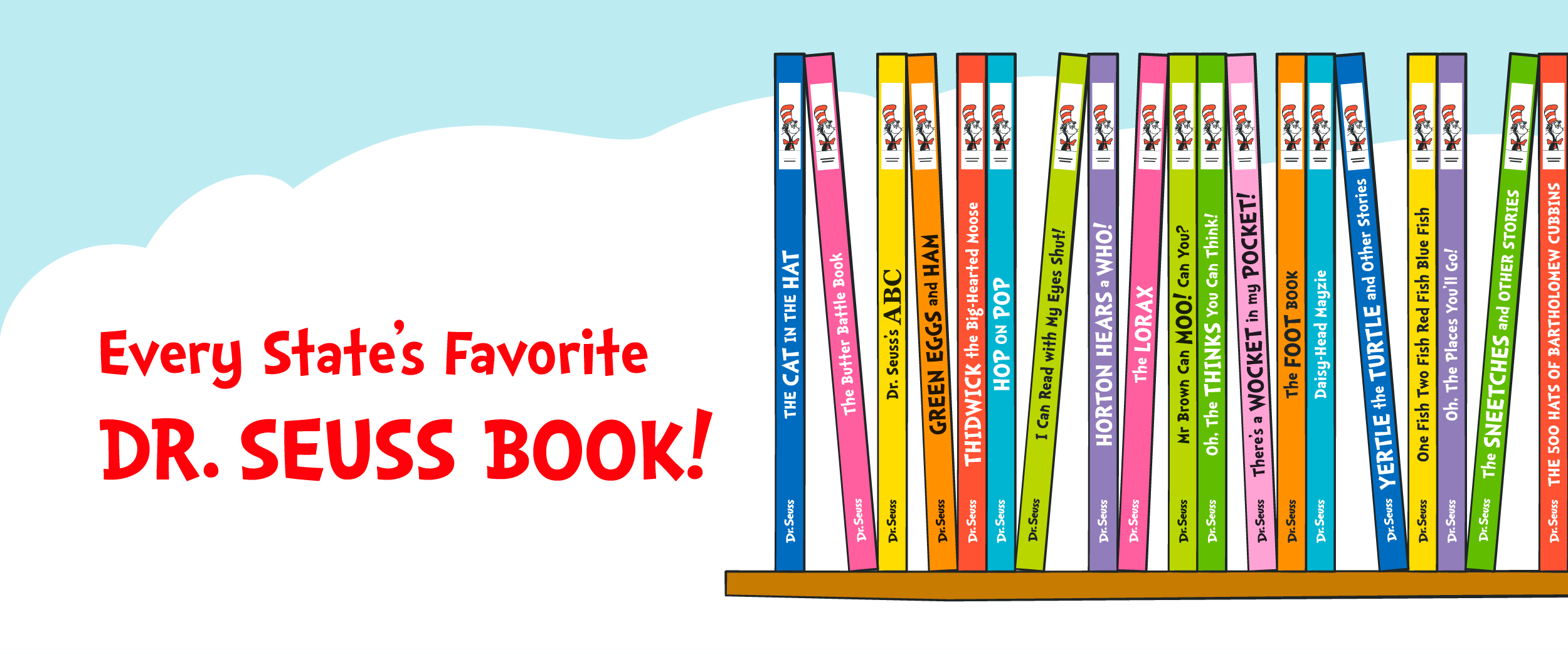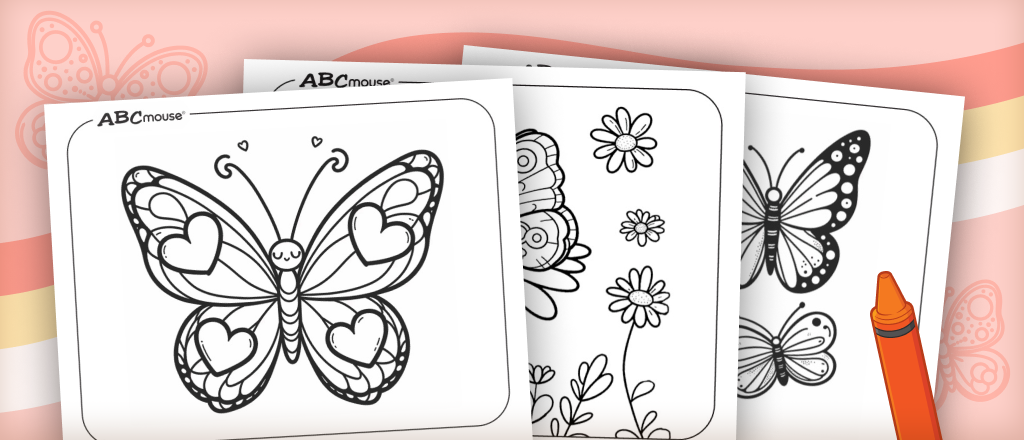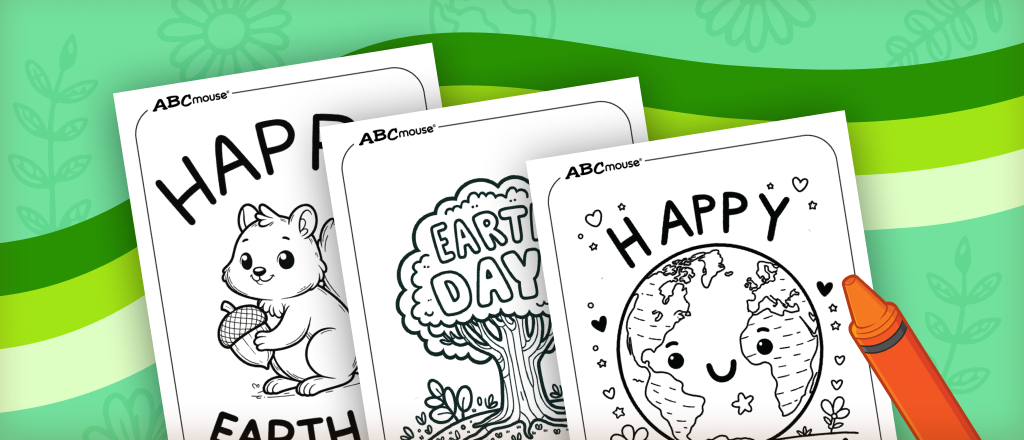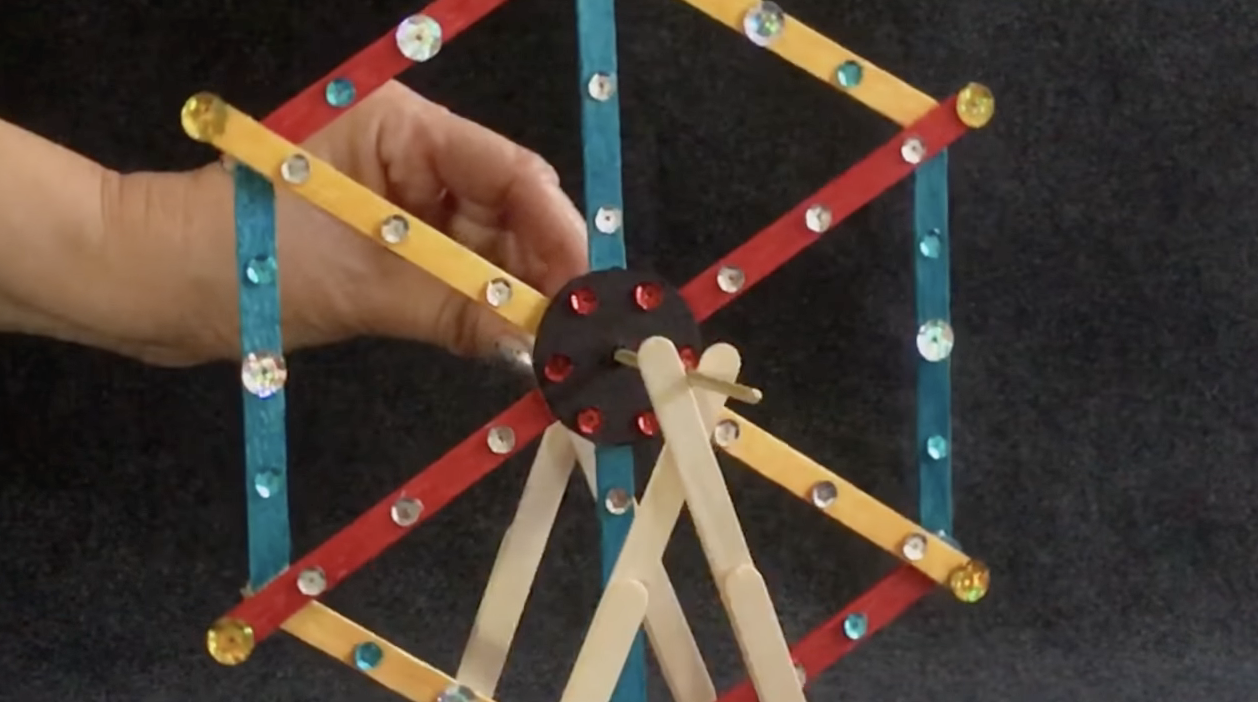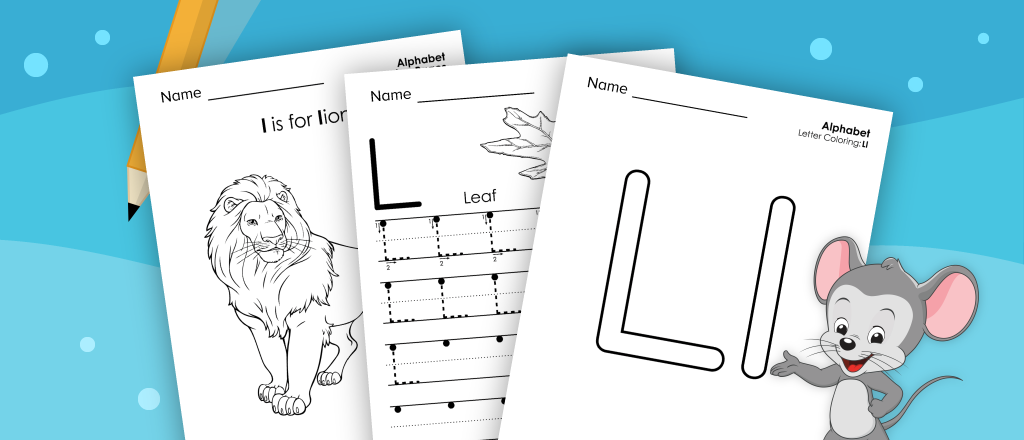Tips for Blending Digital Alphabet Games into Your Child’s Learning
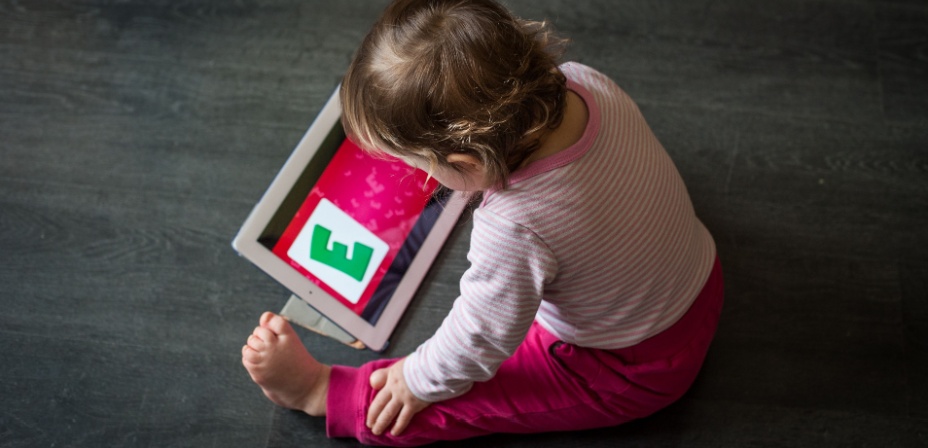
Learning the letters of the alphabet is one of the first big steps in a child’s literacy journey, and parents are often looking for ways to help their child accomplish this goal. While reading books aloud, providing alphabet activities, and pointing out letters is beneficial to your child’s learning, adding digital alphabet games to their collection of learning tools can make an impact.
Research Supports Digital Learning
According to a study from Florida International University’s Center for Children and Families, educational apps can be helpful in supporting early learning in young children, with “the strongest evidence for a learning benefit for apps targeting early math skills, followed by early language and literacy skills, which includes letter knowledge, phonological awareness, letter writing and vocabulary.”
As parents complete their own due diligence to find impactful learning resources for their children, it can be helpful to have a strategy for blending digital game-based learning into more traditional methods of instruction.
Here are some tips for parents looking to integrate educational games into their child’s lessons on learning the alphabet.

Tips For Integrating Digital Games into Letter Learning
- Take a Comprehensive Approach
Blending digital games into your child’s learning gives them another opportunity for learning. For any parents worried about screen time, it’s important to keep in mind that these games are designed to help your child connect and engage with learning material–not just keep them entertained.
- Use Games as a Supplement
Keeping responsible screen time in mind, try to treat digital games as a supplement to other learning measures, such as reading books, pointing out letters in the real world, and trying letter crafts and activities.
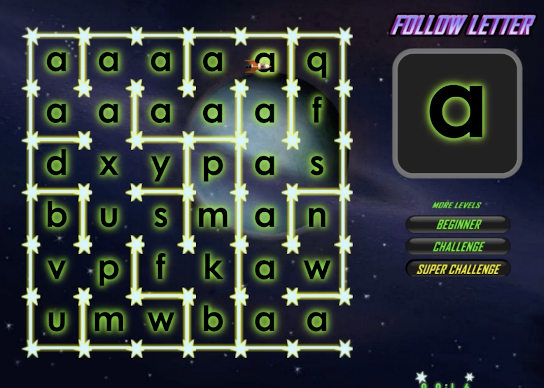
Example: Let’s say you’re working with your child to learn the letter A. Pair letter A crafts and activities with an online game that’s focused on the letter A, such as Letter A Space Maze. Then follow it up with an alphabet book where you can point out the letter A.
- Lean Into the Flexibility
One of the benefits of learning with online games is that it can happen almost anywhere and at any time. Take advantage of this and use this learning resource to pass time at restaurants, on road trips, or even during downtime at home.
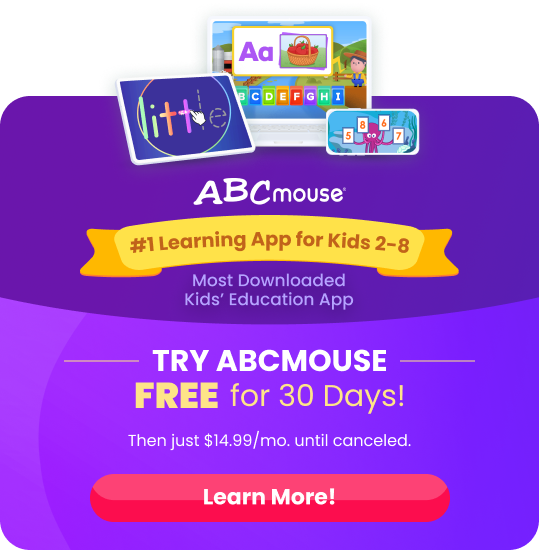
- Monitor and Participate
When you can, engage with the games alongside your child. This not only allows you to monitor the content and its educational quality but also shows your child that you value their learning activities.
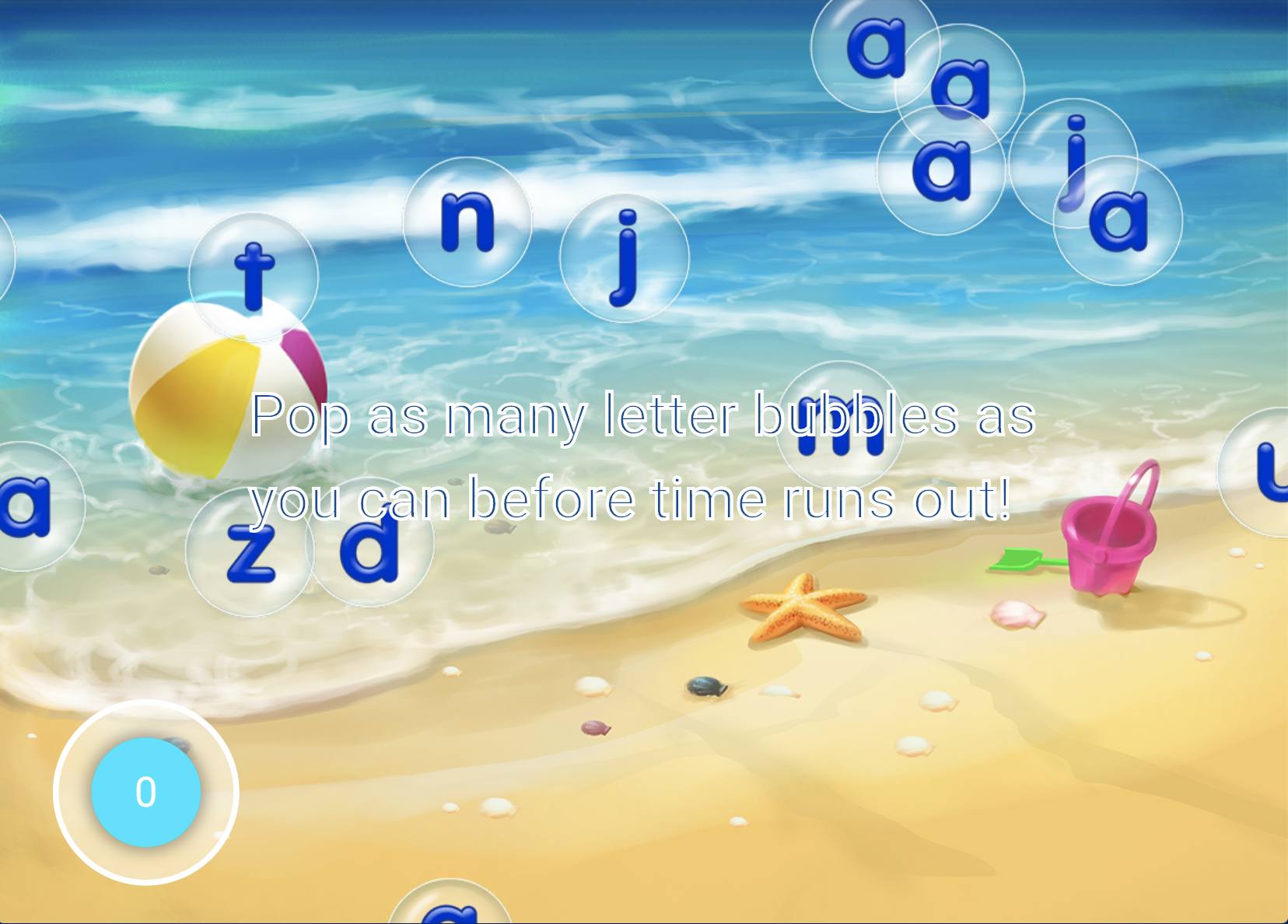
Example: When children first start learning the letters of the alphabet, they may need some assistance in identifying the letters they see in the alphabet games. For instance, the game Alphabet Bubbles, features multiple letters floating in bubbles, and children must pop the bubble with the letter the game asks for, such as the letter B. Children may need help identifying the letter B at first.
- Connect Learning with Your Child’s Interests
Even though most children view educational games as fun and something to look forward to, it’s still one more learning activity that’s being added to their day or week. When possible, pick games related to your child’s hobbies, such as sports, the outdoors, dinosaurs, or coloring.
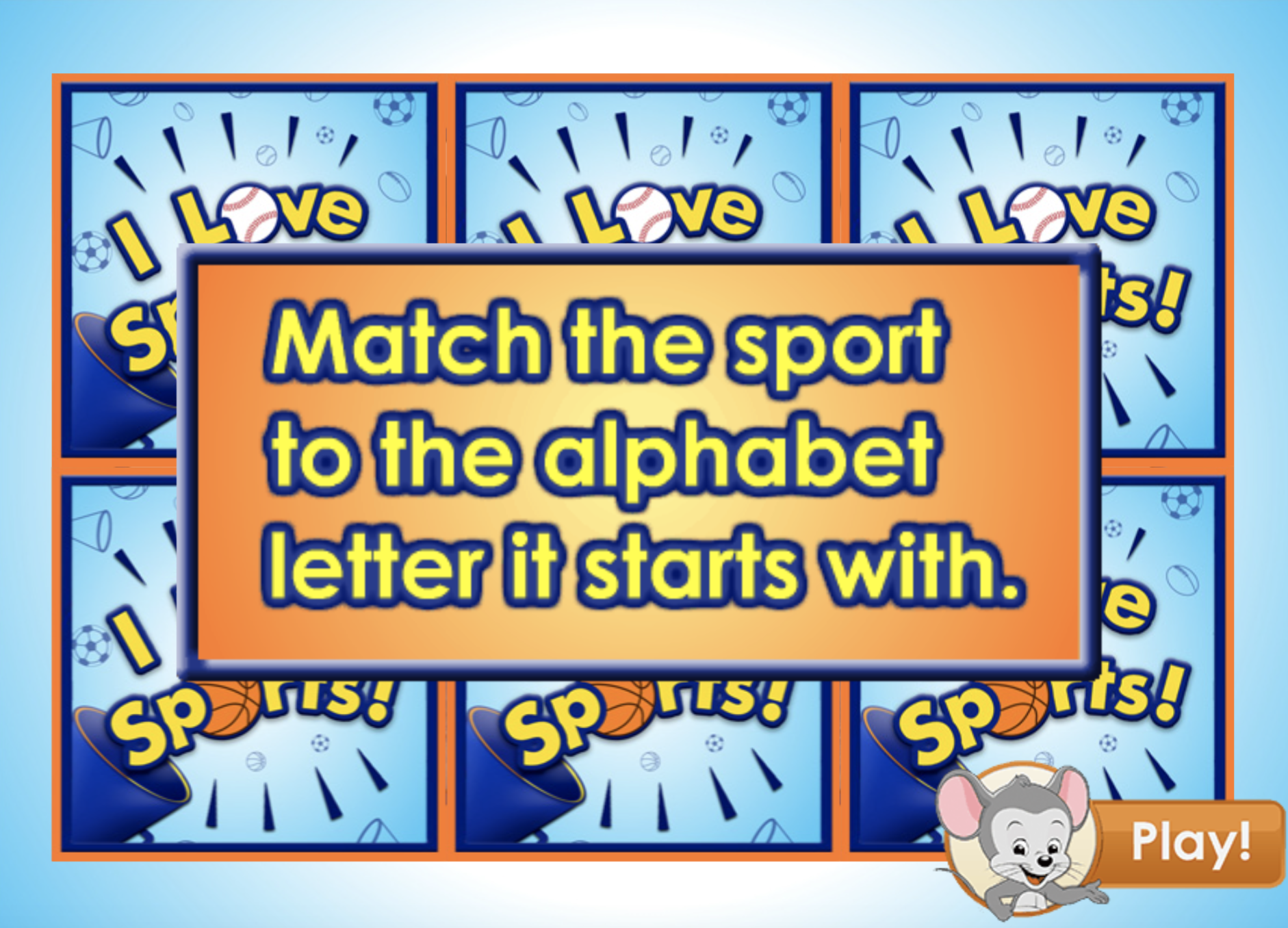
Example: If your child enjoys playing or watching sports, seek out an alphabet game that somehow incorporates sports, such as Sports Alphabet Memory Match. In this game, children flip over cards to reveal a sport or a letter. They’ll need to flip over cards until they find the letter that the sport starts with. For instance, players would match the card displaying a soccer ball with the card showing the letter “S,” as “soccer” starts with the letter “S.”
By combining digital alphabet games with other traditional methods of learning, parents can offer a balanced approach to learning that can also improve letter recognition.
Related Activities
-
The Most Popular Dr. Seuss Book in Every State
Discover the most popular Dr. Seuss books and children’s series in every state, tracing the journey of childhood reading from picture books to immersive adventures.
-
Winter Wonderland Slime Craft
Bring the magic of winter indoors with our Winter Wonderland Slime Craft! Perfect for kids, this DIY slime sparkles like snow with easy-to-follow steps. Safe, fun,…
-
Butterfly Coloring Pages
Dive into a world of creativity with our free printable butterfly coloring pages, perfect for all ages! Explore detailed butterflies, nature scenes, and simple designs for…
-
Earth Day Coloring Pages
Celebrate Earth Day with our free printable coloring pages, ideal for kids aged 2-8. Learn about conservation, recycling, and the beauty of our planet through fun,…
-
Try This STEM Activity for Kids: Popsicle Stick Ferris Wheel
Dive into a fun weekend project with our Popsicle Stick Ferris Wheel DIY! A perfect blend of creativity and basic engineering, it’s a STEM activity that…
-
Free Printable Letter L Worksheets
Explore free printable preschool worksheets for the letter I, perfect for alphabet sound and letter recognition practice. From coloring pages to tracing sheets, enhance your preschooler’s…

